Genetic And Phenotypic Parameter Estimates For Reproduction Traits In Indigenous Arsi-Bale Goats

Authors:
The study was conducted to evaluate reproductive performances and estimate genetic parameters for reproduction traits in Arsi-Bale goats. A total of 792 kidding records collected from 2001 to 2007 were used. Parity of dam, year, season and type of kidding were investigated as fixed effects by PROC GLM of SAS. Derivative-Free Restricted Maximum Likelihood (DFREML) method was used to estimate genetic parameters by fitting four animal models. Parity of dam and year of kidding influenced ( < 0.05) all the traits. The overall means for age at first kidding (AFK), kidding interval (KI), litter size at birth (LSB), litter size at weaning (LSW), litter weight at birth (LWB), litter weight at weaning (LWW), abortion and dystocia were 574.9 +/- 8.3 days, 280.0 +/- 13.7 days, 1.6 +/- 0.03, 1.37 +/- 0.03, 3.7 +/- 0.08 kg, 9.11 +/- 0.38 kg, 3.8% and 0.13%, respectively. The estimates of direct additive heritability for the traits, except for abortion and dystocia, under the best model (direct animal for AFK and repeatability model for other traits) were 0.245 +/- 0.19, 0.060 +/- 0.08, 0.074 +/- 0.05, 0.006 +/- 0.05, 0.125 +/- 0.05, 0.053 +/- 0.07, respectively, while the corresponding permanent environmental effects were 0.00 +/- 0.00, 0.07 +/- 0.07, 0.08 +/- 0.05, 0.172 +/- 0.06, 0.03 +/- 0.04 and 0.07 +/- 0.05, respectively. Repeatability estimates for KI, LSB, LSW, LWB and LWW were 0.13, 0.15, 0.18, 0.16 and 0.12, respectively. Genetic correlations between reproductive traits vary from medium to high. Arsi-Bale goats have good reproductive performance with low incidence of reproductive disorder. Except for AFK, other traits have low estimates of heritabilities with high genetic correlation among the traits. Repeated measures of the traits are needed before deciding to keep or cull the animal.
